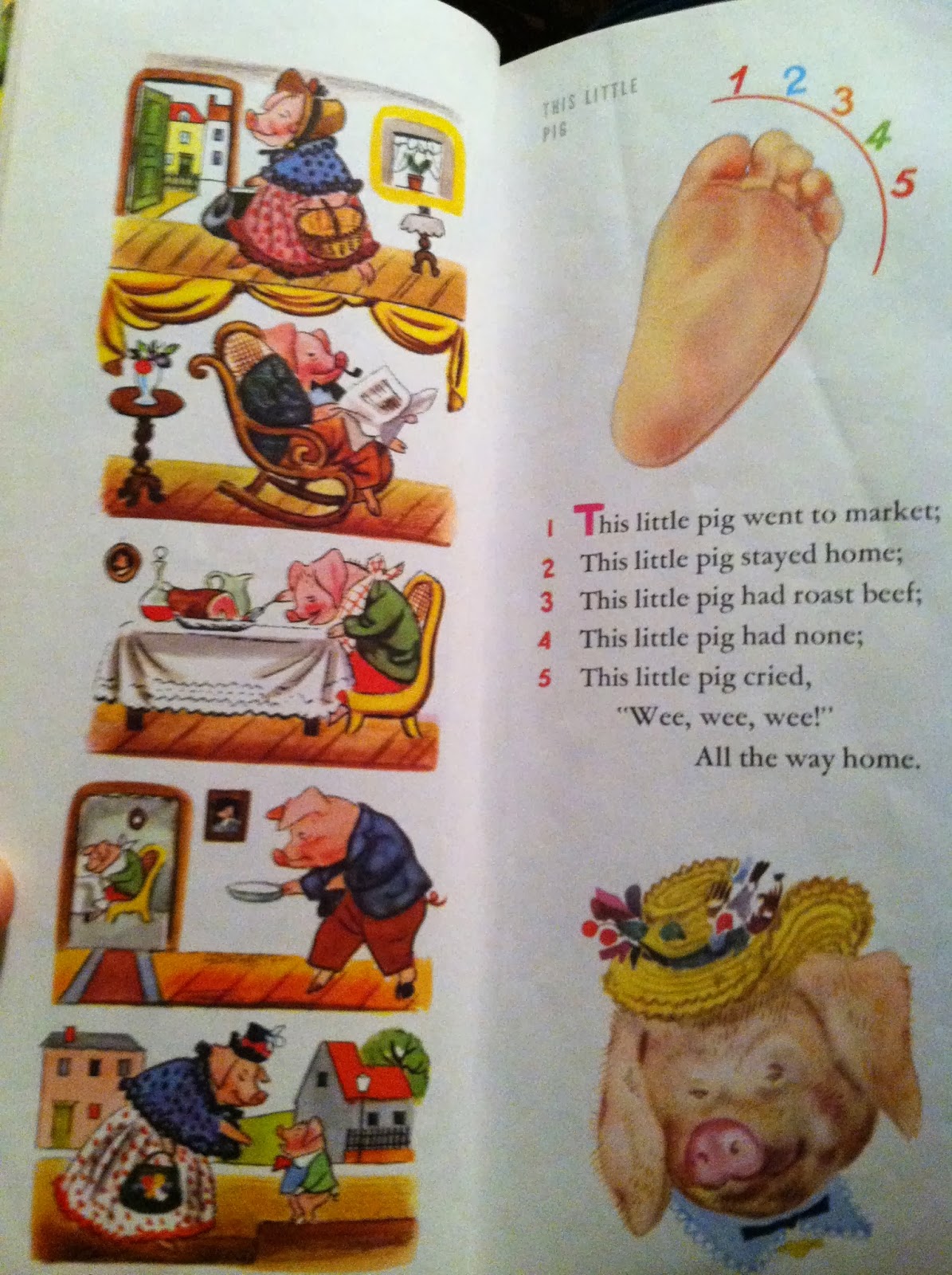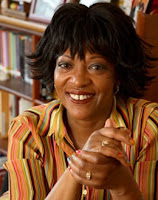 |
| Cover of Rojankovsky's Mother Goose |
So, I collect books. Yes, I know, person of limited interests, right? I go to old book stores, library used book sales, garage sales, Salvation Army book bins; anywhere there are books I root about like a pig. I've found first editions by some of my favorites, found old ratty tatty books which I read in childhood and have long since lost my copies of; I pick up oddities. I am
very particular about what I buy. I'm nostalgic and a book snob rolled into one.
I recently purchased a Feodor Rojankovsky illustrated
Mother Goose--the
artwork so reminiscent of some of the books of my childhood I couldn't
pass it up!--and though intended as a gift, couldn't give it away. Upon
flipping through the whole book one afternoon, I came upon this version of Humpty Dumpty, obviously poking fun at Adolf Hitler:
Curiosity peaked, I decided to do some research into the books' illustrator, Feodor Rojankovsky.
Rojankovsky bio:
- Feodor Rojankovsky (Roh-jan-Koff-skee) was born in Mitavia, Russia on December 24, 1891
- Studied at the Moscow Fine Arts Academy
- Served in the Imperial Russian Army during it's 1914-1917 campaigns during WWI
- He began working in children's book illustration in Ukraine after WWI until he was conscripted by the White Army in 1919
- Was a prisoner of war in Poland
- Moved to France and studied under Esther Averill
- Emigrated to the United States in 1941 after the occupation of Paris
- Won the 1956 Caldecott for Frog Went A-Courting
- Illustrated over 100 books, most of them dealing with animals or elements of the natural world
- Died in 1970 white living in Bronxville, NY
So, considering he'd fought in WWI, been forced to work for the White Army after that (taking him from his work), was a prisoner of war, and had to flee France when the Nazis invaded, one might deduce that he had no love of either war or Hitler, hence the unflattering personification in Humpty Dumpty (the above Mother Goose book was published in 1942).
"Two great events determined the course of my childhood. l was
taken to the zoo and saw the most marvelous creatures on earth: bears,
tigers, monkeys and reindeer, and, while my admiration was running high,
l was given a set of color crayons. Naturally, I began immediately to
depict the animals which captured my imagination. Also when my
eider brothers, who were in schools in the capital, came home for
vacation, I tried to copy their drawings and to imitate their paintings.
"Later when l went to school in Reval Tallinn, an
ancient town on the shores of the Baltic sea my love for art was
enhanced and strengthened by a passion for nature. Tailinn
was surrounded by forest. The sea presented wonderful opportunities for
excursions and study of sea life. But there were also steamers,
sailboats, flags, and all the excitement of a port. This was no less
exciting than playing Red Indians or reading James Fenimore Cooper, the
beloved author of all Russian children before, during, and after the
Revolution..."[Bertha Mahony Miller and Eiinor Whitney Field, editors,
CaIdecott Medal books: 1938-1957, Horn Book, 1957.]
 |
| Inside artwork |
 |
| The naughty knave who stole from the Queen of Hearts |
 |
| This little piggy on a foot, in case you weren't sure how that goes... |
 |
I always envied The Old Lady Who Lived in a Shoe when I was a kid--
I always wanted a house full of kids |
 |
| Black and whites |
 |
| His Caldecott winning, Frog Went A-Courting |











Comments